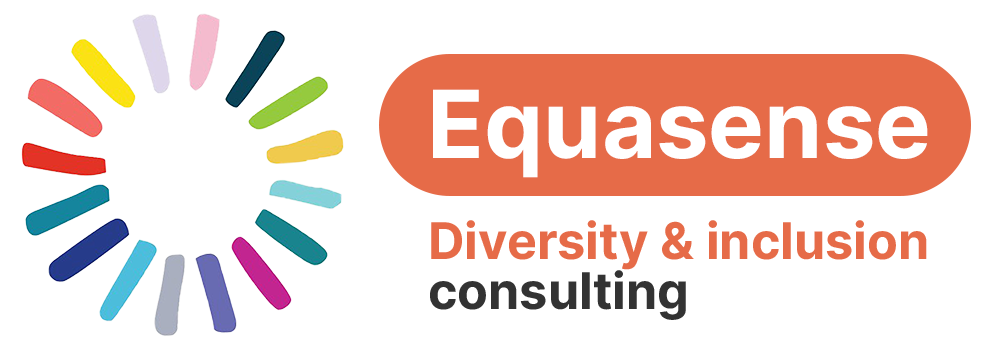2020 was the year many people and organisations committed to eradicating structural racism, and doing more to learn and understand about the experiences of people from the global majority. In the aftermath of the death of George Floyd, social media feeds were blacked out, reading lists produced, and reviews initiated. “How to become anti-racist” lists abounded for individuals and organisations large and small.
Of course a lot of other things have happened in the second half of 2020. After a relative lull in the global pandemic, at least in the UK, cases have risen again and led to tighter restrictions, and for many, a return to juggling home schooling and home working. Businesses are dealing again with furlough, working from home, staff sickness and wellbeing and anxiety about cash flow or even survival. And I haven’t even mentioned challenges associated with changing trade rules.
It’s entirely understandable if the actions and intent for becoming proactively anti-racist and growing that inclusive mindset may have dropped down the list. But just like the pandemic, racial inequalities are here to stay UNLESS we make individual and collective effort every day to change things for the better. Let’s make sure 2021 is the year that we commit to long-term sustainable changes and becoming anti-racist.
If you need a reminder of places to start:
As individuals:
- Learn more about how structural racism comes about, as well as the covert micro-aggressions that people of colour face every day. David Olusoga’s “Black and British: A Short Essential History” is very accessible – my 12 year old’s history class used this for the whole of last term to explore Black British History.
- Reflect on your own assumptions about people from different ethnicity and backgrounds and how these might affect the decisions you make. Harvard IAT tests can be useful for this – or consider how you would respond (pre-social distancing) if a group of people were walking towards you in the street. Honestly, would your immediate thoughts be different if they were men, women, black, Asian, young, old?
- To further challenge and explore these stereotypes, expand the range of influences on you – look at your reading, listening and talking and deliberately add new and different feeds to your playlists and bookshelves. Follow people who have direct experience of racism on social media to hear their experiences.
To go deeper, if you are white, you might want to consider what being white means in today’s society. June Sarpong’s “The Power of Privilege: How white people can challenge racism” gives a good step by step explanation of what this means.
For businesses and organisations:
- Look at what data you have about who is in your organisation and where in the organisation they are, AND how people of different ethnicities experience working for you. This means collecting data on ethnicity if you don’t already, and finding a way of listening to experiences without placing too much of an emotional and physical burden on black staff, as well as measuring inclusion and belonging via staff surveys. This would also be a good opportunity to check people’s understanding of structural and institutional racism and design some educational pieces if necessary.
- Establish clear goals and motivations for doing work around racism, and learn to articulate this clearly and confidently, even when challenged. You will need everyone on board to make progress, not just those for whom it is obvious and who already have an awareness. This includes those at the most senior levels – senior champions are vital for leading this type of culture change.
- Audit the obvious policies and processes such as harassment and bullying, recruitment, progression and reward, staff development opportunities etc, and find out whether practice differs from process and policy in a way that produces different outcomes for different groups.
Where are you going to start?
Here’s how I can help Sign up for the Equasense Newsletter


Recent Comments